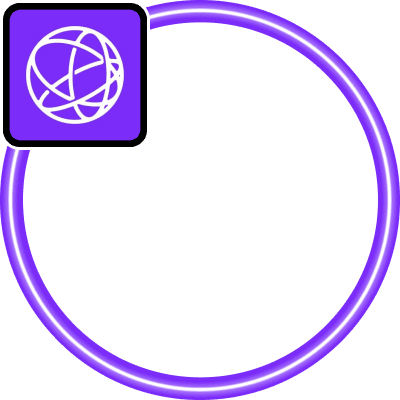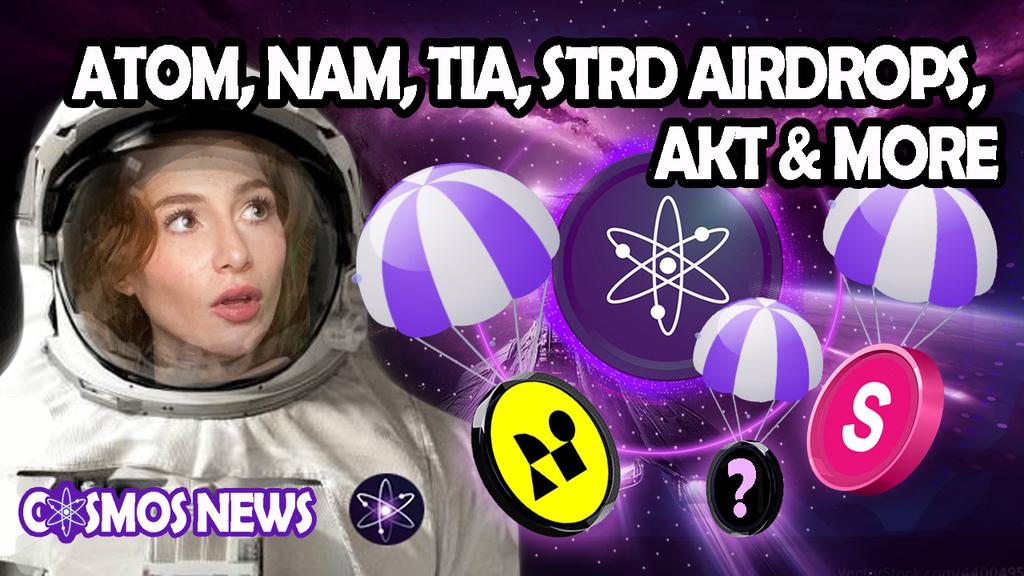This shared sequencer network provides out-of-the-box censorship resistance, fast block confirmations, and atomic cross-rollup composability – all while retaining each rollup’s sovereignty. Astria envisions a future where thousands of decentralized rollups flourish, each one tailored to meet the unique requirements of different industries, applications, and use cases.
To achieve this vision, we believe that deploying an economically secure, decentralized, and censorship-resistant rollup should be as easy as deploying a smart contract.
Introduction
Astria emerges as a groundbreaking shared sequencing network designed to facilitate the growth and interoperability of multiple rollups within a decentralized framework. By enabling numerous rollups to share a single network of sequencers, Astria addresses the critical challenges of censorship resistance, block confirmation speed, and cross-rollup composability, all while preserving the sovereignty of individual rollups. Astria’s vision encompasses a decentralized future bustling with a plethora of rollups, each serving the diverse needs of various industries and applications.
Why Decentralized Sequencers?
The move towards decentralized sequencers is a direct response to the pitfalls of centralization in the crypto landscape. Traditional rollups rely heavily on single sequencers, trading off decentralization for improved transaction speed and cost efficiency. Astria confronts this compromise head-on by providing a shared sequencer network that enhances user experience without sacrificing the core principles of decentralization and censorship resistance.
Architecture Overview
Astria’s architecture deconstructs the components typically found in monolithic blockchains into discrete, modular parts. This approach allows for unprecedented flexibility, as rollups can select and integrate components that best suit their specific requirements. The network’s architecture enables immediate block retrieval from Astria post-creation, offering “soft commitment” to rollups for rapid block confirmations. Rollups have the option to await “firm commitment” upon base layer inclusion for ultimate finality. This modular ecosystem, termed ‘Lazy Rollups,’ leverages the principle of Lazy Evaluation to ensure efficient and secure state transitions.
Astria Devnet: Dusk-2 Postmortem & Releasing Dusk-3
Incident Overview
On December 26, 2023, the Astria devnet experienced a significant shutdown, leading to the launch of dusk-3. This section provides a comprehensive breakdown of the incident, the team’s response, and subsequent improvements implemented in dusk-3 to enhance network resilience and performance.
Timeline of Events
The sequence of events began with a network halt reported on December 26, 2023, due to a sequencer validator node going offline. Despite initial efforts to rectify the issue, the network faced repeated halts, ultimately leading to a decision to shut down and investigate further. The investigation revealed a non-deterministic bug affecting multi-proposal rounds, prompting a comprehensive response to stabilize and upgrade the network.
Response and Future Measures
In response to the shutdown, the Astria team has committed to transparency and swift communication through a newly established status page and incident response plans. The launch of dusk-3 introduces several key enhancements, including an increased minimum of four validating nodes and significant stability and security upgrades, to prevent similar incidents and ensure the network’s robustness.
Conclusion
Astria represents a pivotal advancement in the blockchain ecosystem, offering a scalable and decentralized solution for rollup interoperability and performance. Through its innovative architecture and the proactive response to network challenges, Astria is poised to significantly impact the future of decentralized rollups, fostering a vibrant and diverse blockchain landscape.







